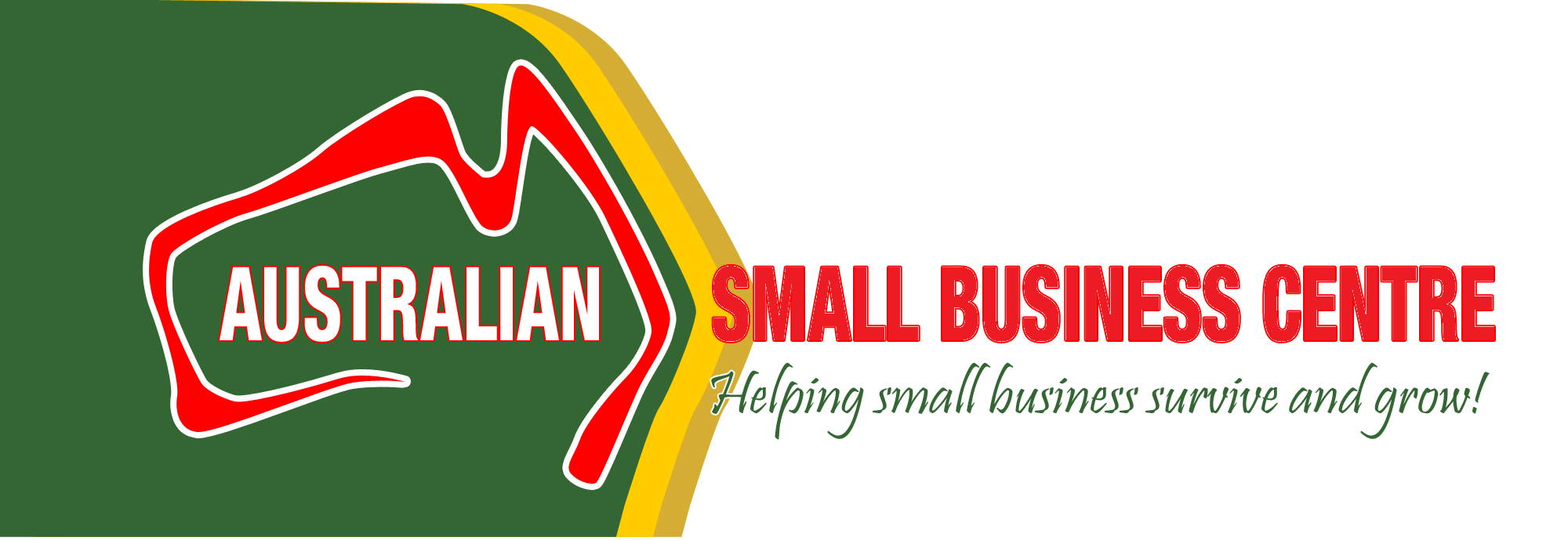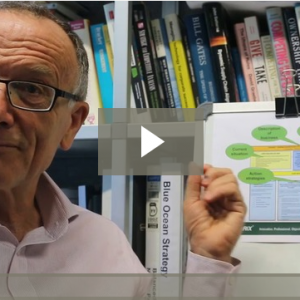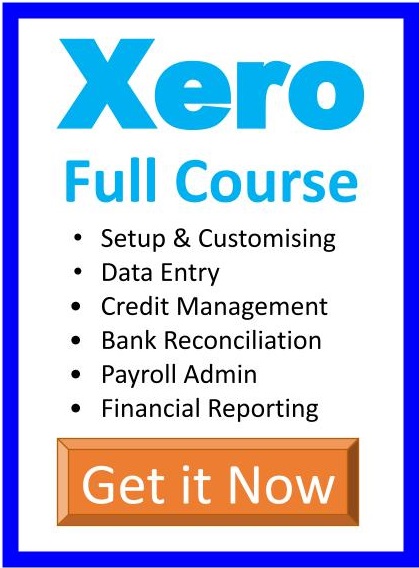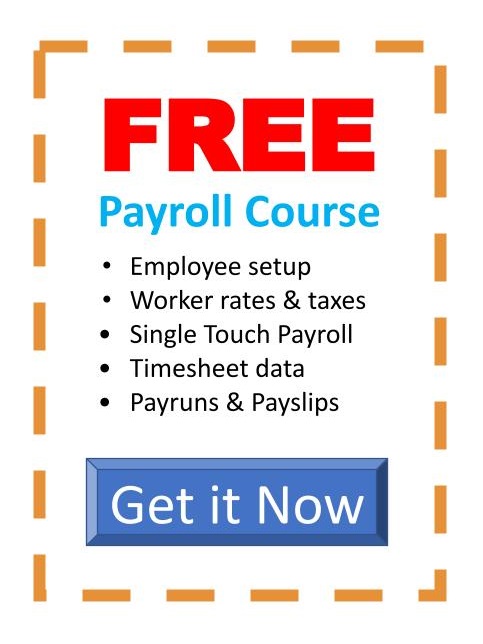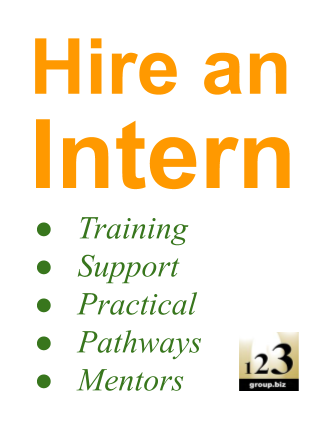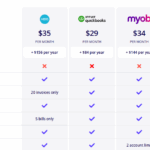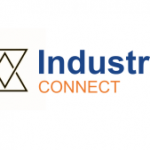Description
Protecting Your Business Legally
You may have some better understanding of the legal aspects to running your own small business, but would you be able to effectively protect your back?

YOUR BUSINESS IS SURE TO HAVE intangible assets alongside the tangible ones (that is, your computer, your bricks and mortar office, and so forth). Intangible assets are the ideas and concepts behind your product or service and they lie at the very core of what makes your business unique. They may have a very real market value and they help improve your business performance.
Intellectual property has to do with the ownership of these ideas and concepts.
Would you know how to identify, let alone put a value on, the intangible assets you have?
As the small business owner you must carry out measures safeguarding your intangible assets, and that equally, ensure you don’t infringe the intellectual property rights of other businesses. Intangible assets may be protected under a range of intellectual property legislation, including patents, trademarks, domain registration, designs and copyright, as well as protection under other techniques, such as common or contract law.
VALUING THESE WILL LATER LINK TO INCORPORATION INTO THE BUSINESS PLAN AND RISK ASSESSMENT STRATEGY
We’ll help you:
- Identify what your intangible assets might be and help to value them
- Select the types of protection available for such assets
- Calculate the likely costs, risks and benefits of potential types of protection available
- Avoid infringing upon the intellectual property of others and help you monitor the marketplace to see that the same doesn’t happen to you
- Communicate the importance and nature of the above to all relevant staff members and ensure this information remains privy to only those inside your business
- Identify options for exploiting and commercialising your intangible assets
What You’ll Learn:
Ensure your business success by putting all your legal requirements in place prior to start up. Choose the right structure for your business, whether it be sole trader, partnership or company, consider your options and choose carefully. In this module you walk through the benefits and disadvantages of each structure so that you can start your business under the ‘right’ umbrella. Strategic partnerships and public companies form part of the array of options to move your business on.
We look at business names and ABN with a discussion on validity of registering for GST. There is also discussion on supplementary legal requirements for businesses in certain fields. E.g. hospitality, travel, real estate etc.
How do you protect your ideas? Why you would BRAND a service. How that is achieved? Value of branding. Trademarks etc. Policies as part of branding. If you wish to move your small business into a big business you must have this information.
The Career Academy pathway to Nationally accredited training
After completing the pre-accredited online short course students can either go into business for themselves or explore options to complete a nationally accredited qualification and receive a Nationally recognised certificate.
Elements and Performance Criteria
|
ELEMENT |
PERFORMANCE CRITERIA |
|
Elements describe the essential outcomes. |
Performance criteria describe the performance needed to demonstrate achievement of the element. |
|
1. Identify organisational expectations for complying with intellectual property requirements |
1.1 Identify the various types of existing and potential intellectual property within the organisation 1.2 Identify and access the organisation’s intellectual property policies, procedures and information 1.3 Identify own role in protecting the organisation’s intellectual property, using intellectual property and avoiding intellectual property infringement 1.4 Provide information and advice to relevant internal and external stakeholders about how the organisation’s intellectual property policies and procedures operate, within limits of job role |
|
2. Support policies and procedures for the protection and use of intellectual property |
2.1 Assist with the development and/or implementation of policies and procedures for the protection and use of the organisation’s intellectual property according to the type of protection required 2.2 Assist with the development and/or implementation of policies and procedures to prevent infringement of others’ intellectual property 2.3 Assist in the maintenance of intellectual property policies and procedures 2.4 Contribute to the identification of potential problems and opportunities for improvement in the operation of the intellectual property policies and procedures and make recommendations to appropriate personnel for action |
|
3. Contribute to recommendations about non-compliance issues with intellectual property requirements |
3.1 Contribute to the identification of any potential non-compliance or intellectual property infringement issues, either internally or externally 3.2 Contribute to recommendations to appropriate personnel about actions to overcome non-compliance issues 3.3 Alert appropriate personnel to areas of potential intellectual property infringement or risk |
These are the requirements of the BSBIPR301 – Comply with organisational requirements for protection and use of intellectual property accredited training package
